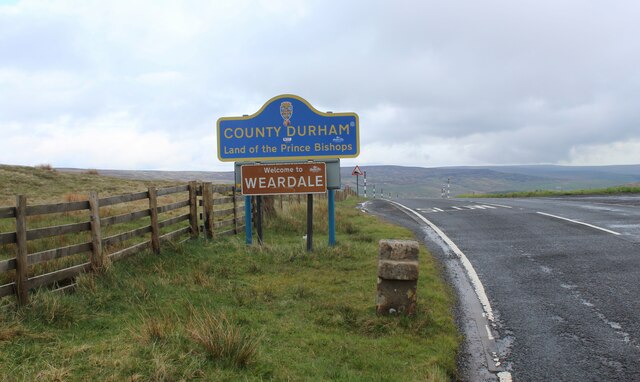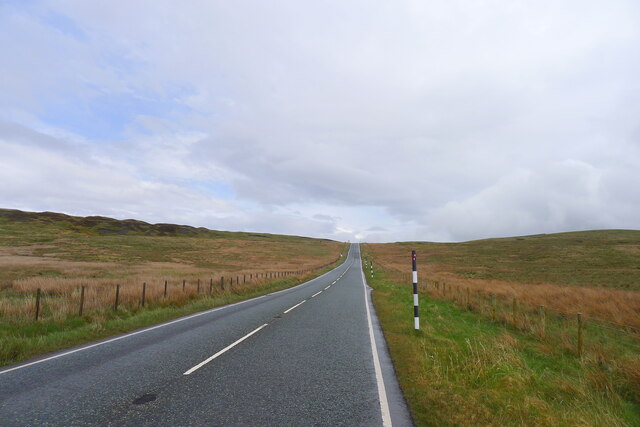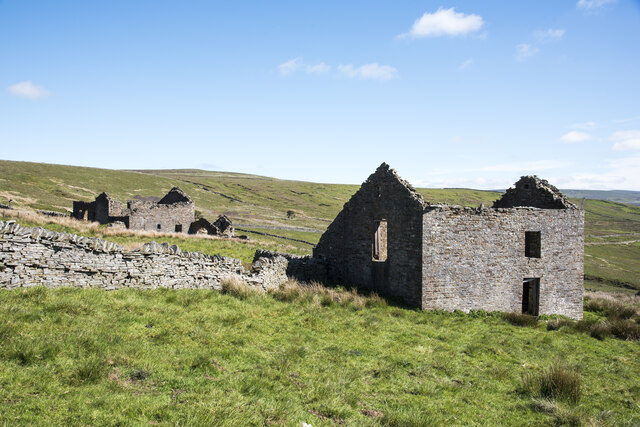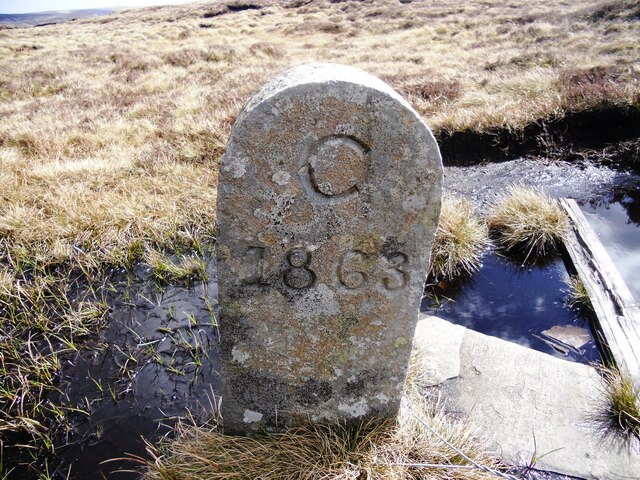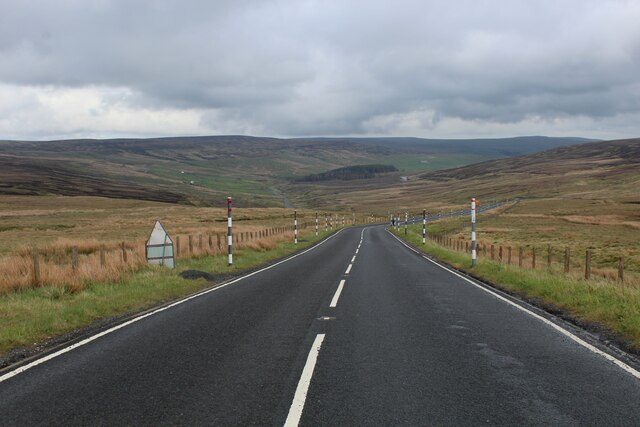Alston Cleugh
Valley in Northumberland
England
Alston Cleugh
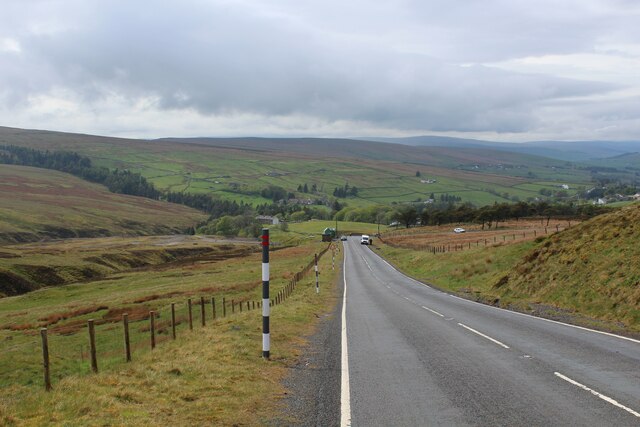
Alston Cleugh is a small, picturesque valley situated in the county of Northumberland, England. Nestled within the Pennines, it is located approximately 20 miles southeast of the town of Hexham. The valley is renowned for its stunning natural beauty, with rolling hills, lush green meadows, and charming stone-built cottages dotting the landscape.
The area has a rich history, dating back centuries. Alston Cleugh was once a bustling lead mining center during the 18th and 19th centuries, and remnants of this industrial past can still be seen today. The ruins of old mine buildings and mine shafts serve as reminders of the area's mining heritage.
The valley is also home to a vibrant community, with a population of around 600 residents. The locals have a strong sense of community pride and are known for their warm hospitality. The village of Alston, which lies within the Cleugh, is the main hub of activity, offering a range of amenities including shops, cafes, and pubs.
Alston Cleugh is a haven for outdoor enthusiasts, attracting hikers, cyclists, and nature lovers from near and far. The valley is crisscrossed by a network of scenic walking trails, offering breathtaking views of the surrounding countryside. The nearby Nenthead Mines and South Tynedale Railway are popular attractions for visitors, providing insights into the area's industrial past.
In summary, Alston Cleugh in Northumberland is a picturesque valley that combines stunning natural beauty with a rich history. With its charming village, thriving community, and abundance of outdoor activities, it offers a delightful retreat for those seeking to immerse themselves in the beauty of the English countryside.
If you have any feedback on the listing, please let us know in the comments section below.
Alston Cleugh Images
Images are sourced within 2km of 54.799889/-2.3162003 or Grid Reference NY7945. Thanks to Geograph Open Source API. All images are credited.
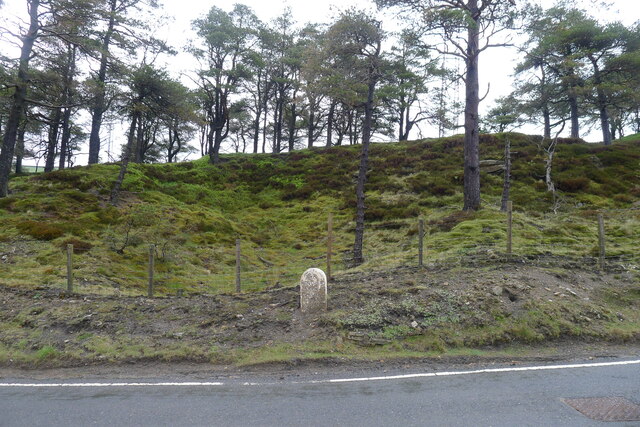
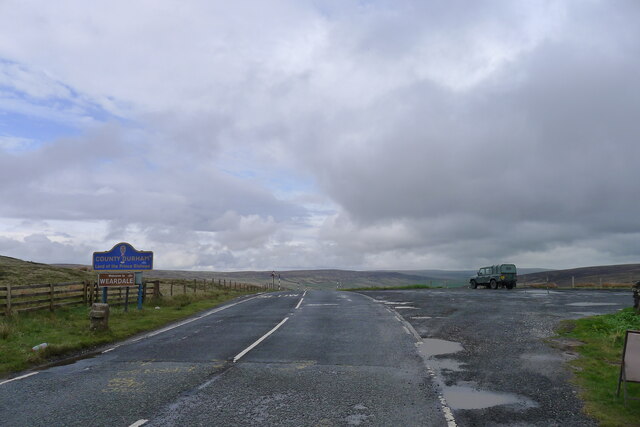
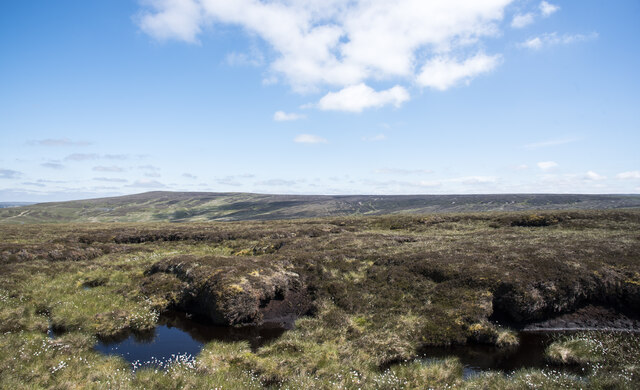

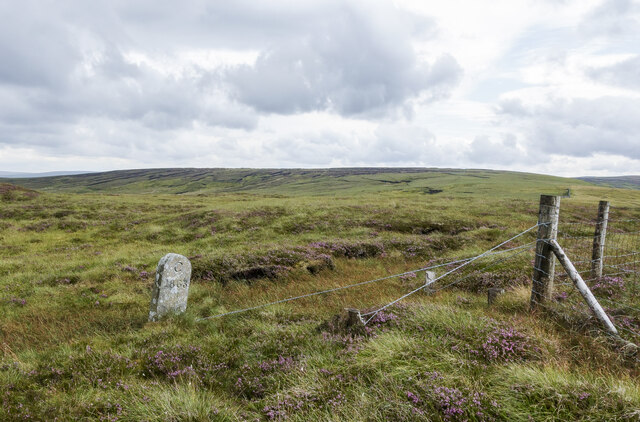
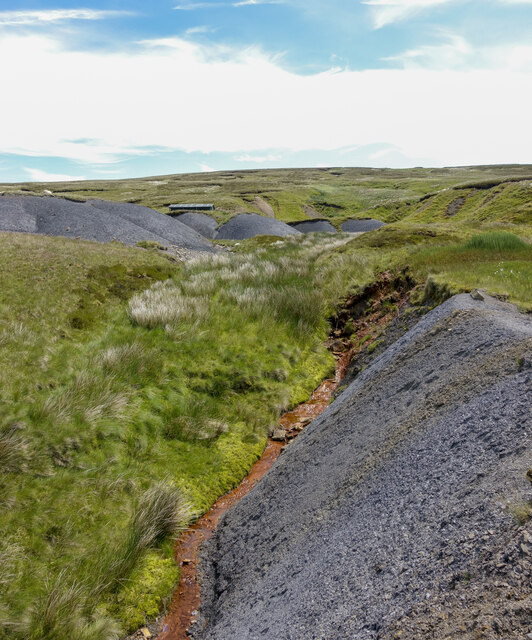
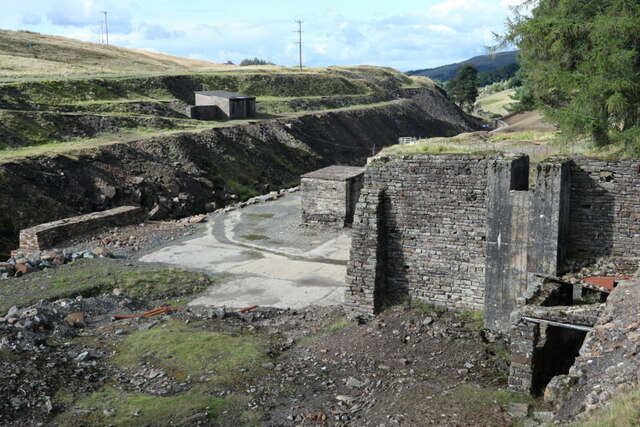
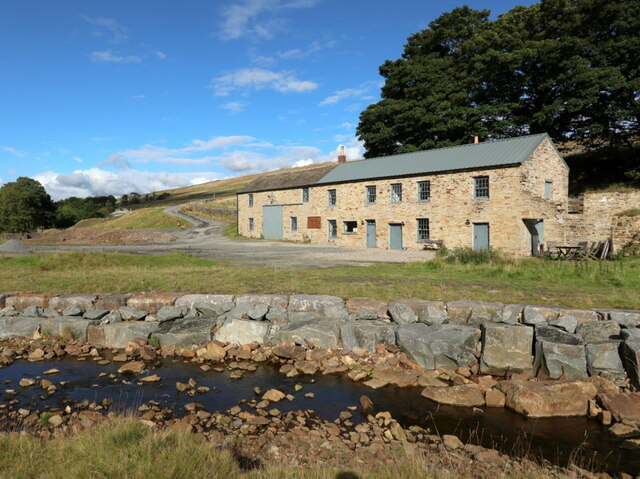
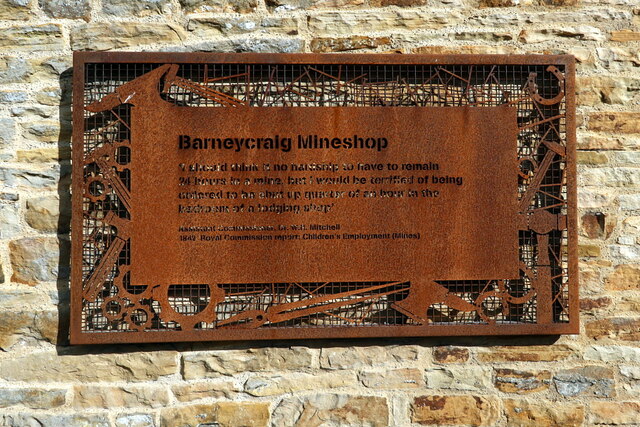
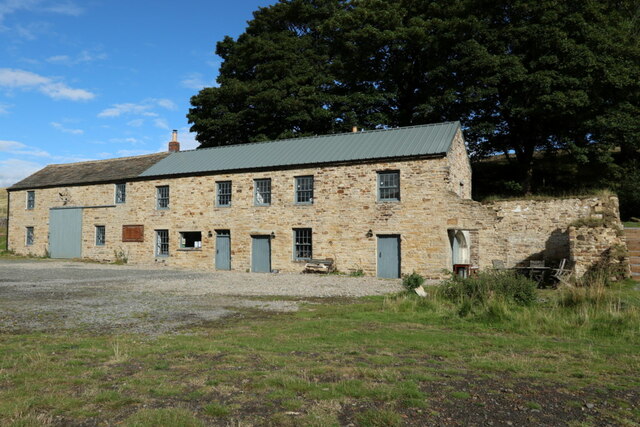
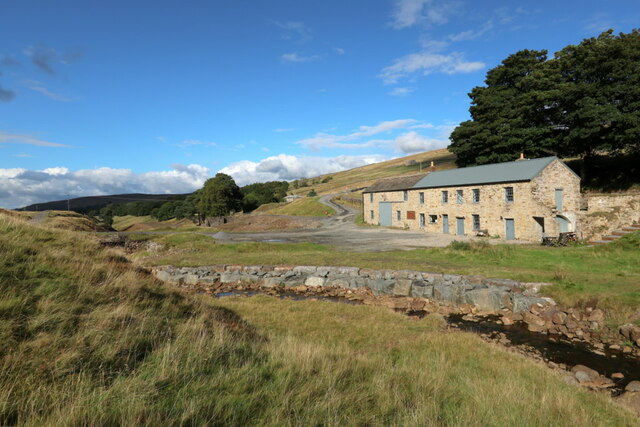
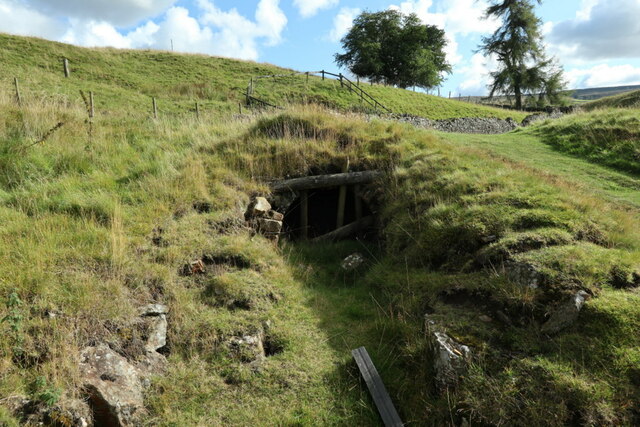
Alston Cleugh is located at Grid Ref: NY7945 (Lat: 54.799889, Lng: -2.3162003)
Unitary Authority: Northumberland
Police Authority: Northumbria
What 3 Words
///tightest.enormous.cult. Near Alston, Cumbria
Nearby Locations
Related Wikis
Nearby Amenities
Located within 500m of 54.799889,-2.3162003Have you been to Alston Cleugh?
Leave your review of Alston Cleugh below (or comments, questions and feedback).
